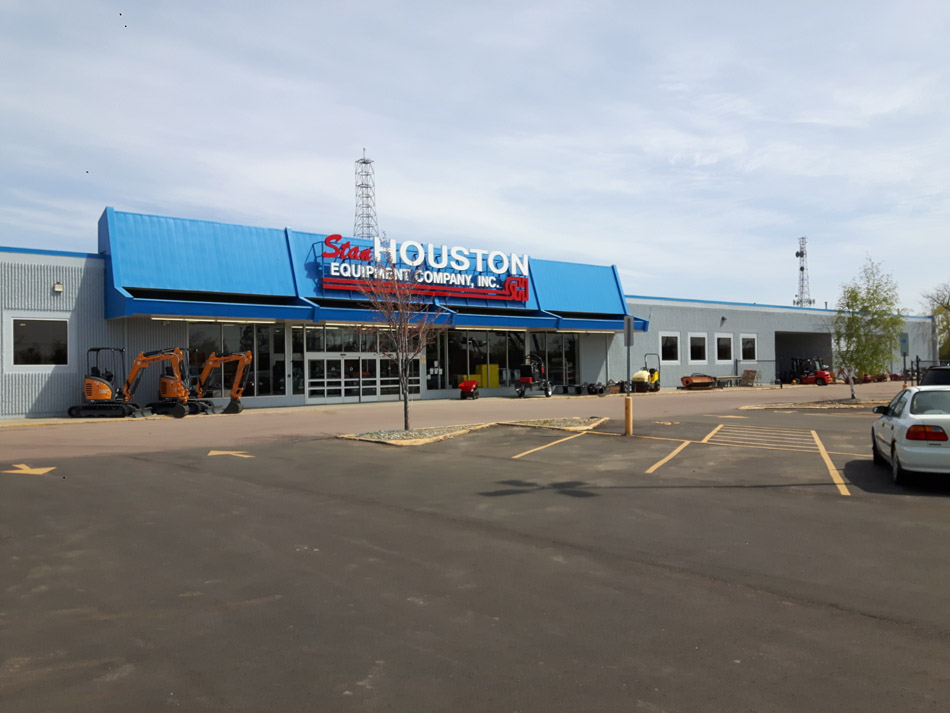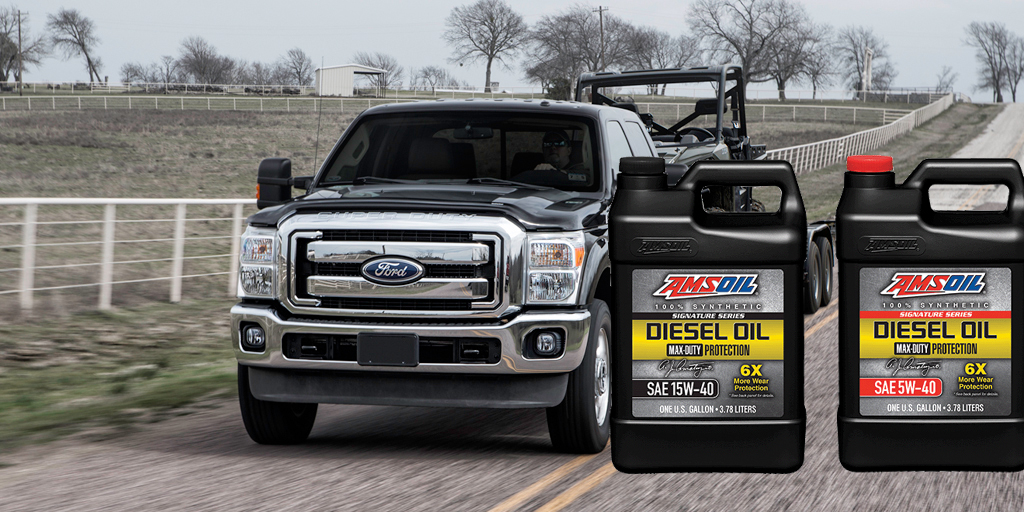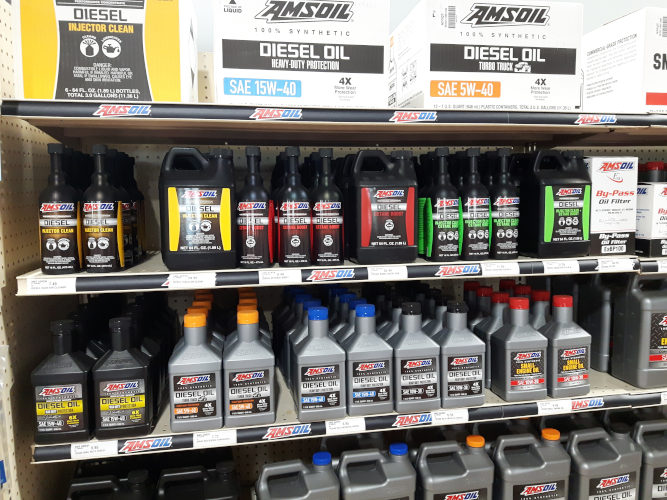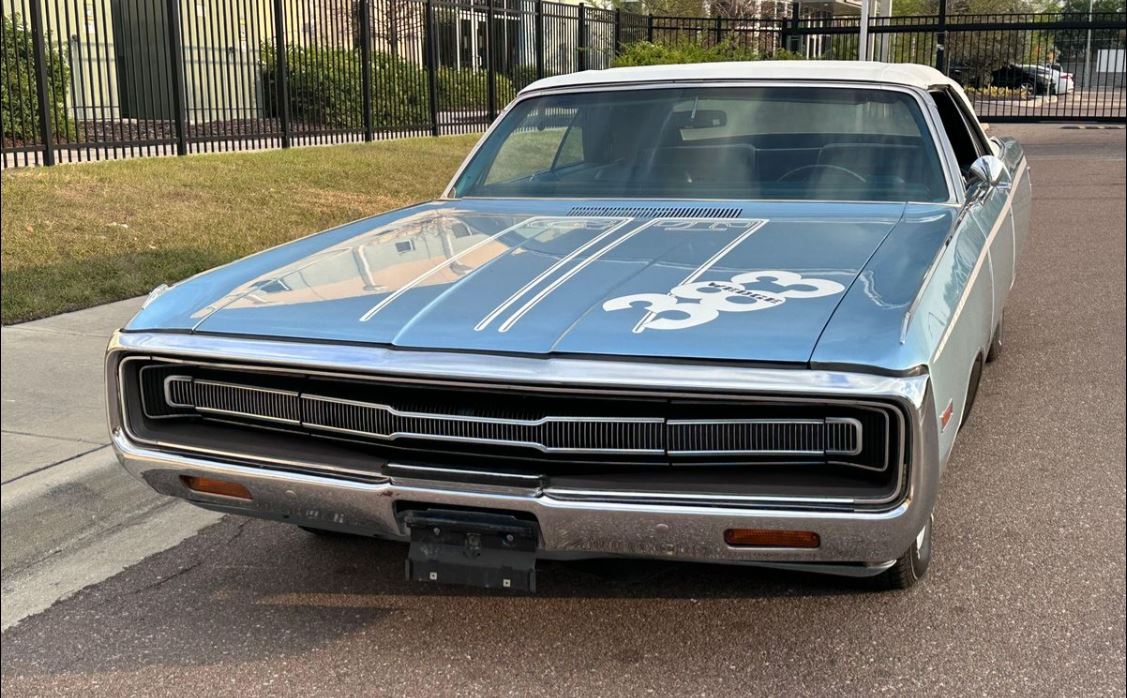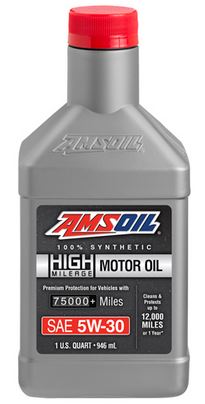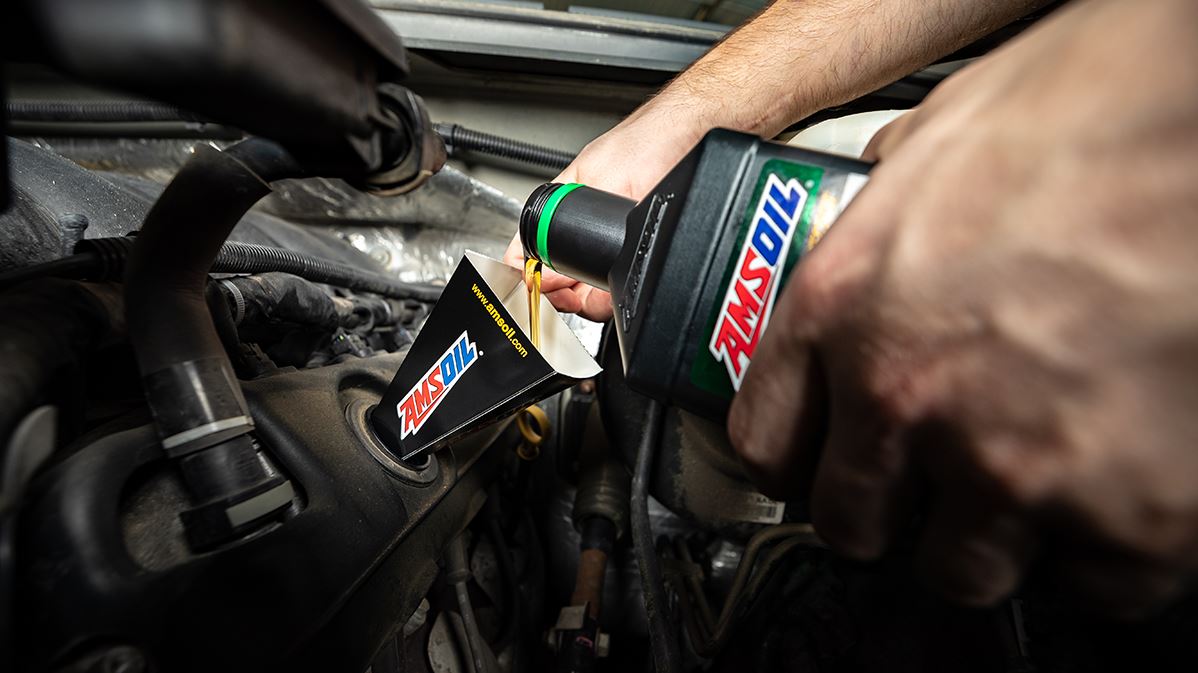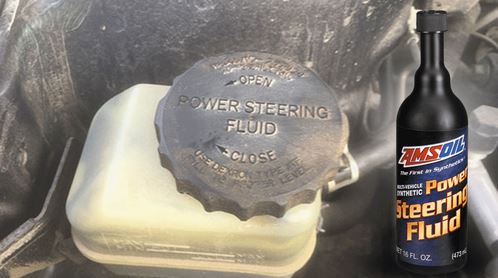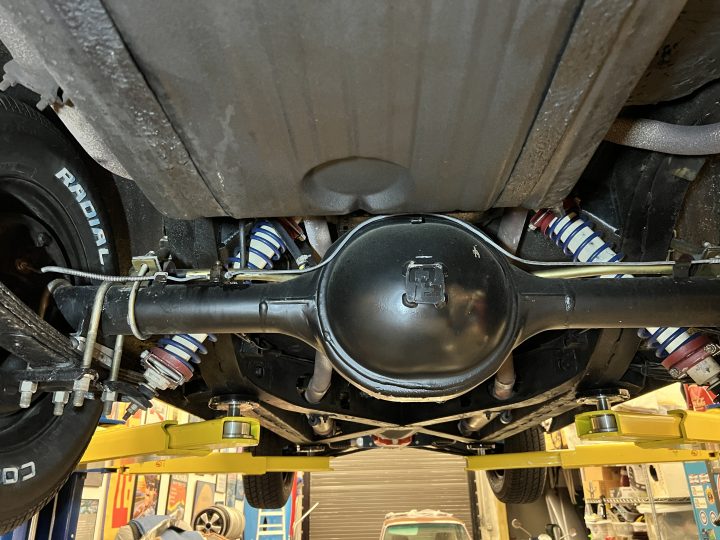Correcting common motor oil myths – Where did they come from? Motor oil myths abound. Here are five of the most persistent along with our myth-busting facts. by Brad Nelson Motor oil has drawn more than its fair share of myths. Its central role in vehicle longevity and performance has been understood since the beginning […]
What Causes Engine Oil Oxidation?
The Dynamics of Engine Oil Oxidation John Baker | Aug 7, 2024 10:59 AM You guessed it, the key ingredient to engine oxidation is oxygen. Oxygen comprises about 20 percent of our atmosphere. It’s the third most common element in the universe. Without it we’d all be doomed. And yet too much of it can […]
Prep Your Vehicle Now for Your Summer Ro...
August is the summer road trip month! Grease up! Get that car ready Driving is part of the fun! Not the repairs and credit card charges. A summer road trip should bring good memories, not car trouble. by Brad August 2024 Alright, lets get down to the nitty gritty!! Tools, spare parts and maybe some […]
Common Fixes for a Transmission that Jer...
Common Fixes for the Shuddering Transmission We get a lot saying our ATF solves the problem after trying about everything else! Here are a few common reasons why your transmission may shift erratically, jerk or hesitate. Low fluid level Depleted fluid frictional properties Poor cold-temperature fluidity Start with the easiest fix There’s an old […]
